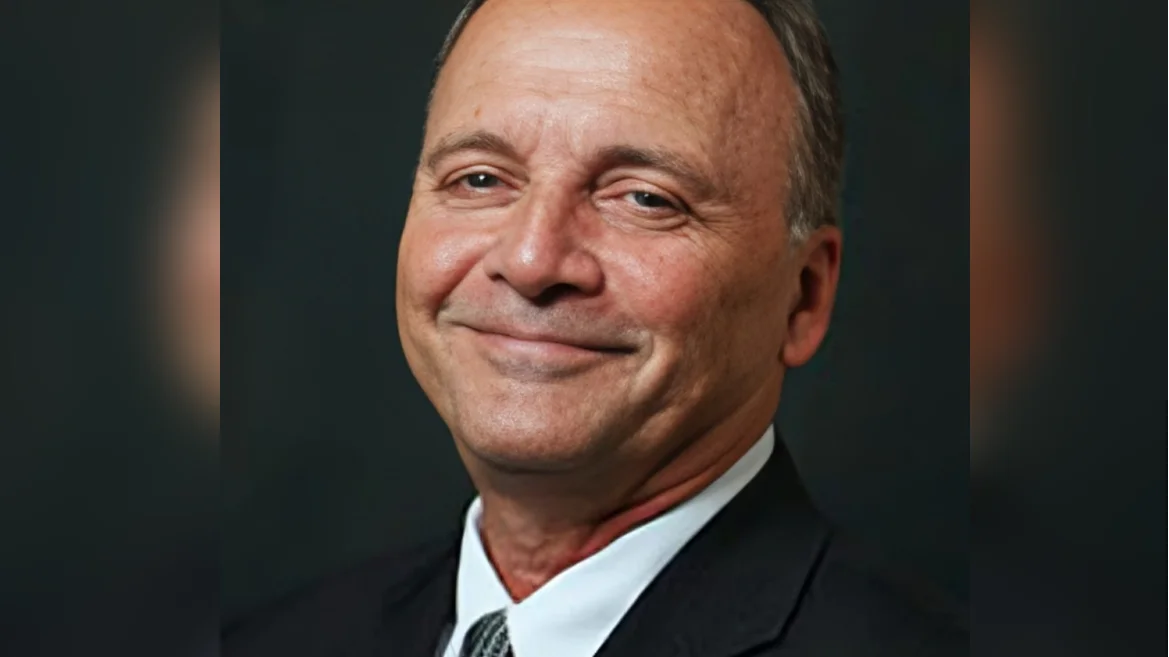
The Internal Revenue Service (IRS) has released proposed regulations concerning certain provisions of the SECURE 2.0 Act. Among these is a requirement for newly established 401(k) and 403(b) plans to automatically enroll eligible employees starting with the 2025 plan year.
Under the proposed regulations, unless an employee opts out, a plan must automatically enroll the employee at an initial contribution rate of at least 3% of their pay. This rate should increase by 1 percentage point each year until it reaches at least 10%. This requirement applies to plans set up after December 29, 2022, when the SECURE 2.0 Act became law. Exceptions are made for new and small businesses, church plans, and governmental plans.
The proposed regulations aim to guide plan administrators in implementing this requirement correctly. They are intended to apply to plan years beginning more than six months after final regulations are issued. Until then, administrators must use a reasonable interpretation of the statute.
Public comments on these proposals can be submitted through the Federal Register, which will officially publish them on Tuesday. A public hearing is scheduled for April 8 at 10 a.m.
Additionally, the IRS has proposed regulations related to increased catch-up contribution limits under the SECURE 2.0 Act for employees aged 50 or older participating in workplace retirement plans like a 401(k). The proposals include rules requiring certain higher-income participants' catch-up contributions to be designated as after-tax Roth contributions.
Guidance is also provided regarding increased catch-up contribution limits for participants aged between 60-63 and employees in newly established SIMPLE plans. Public comments on these rules remain open until March 14, with a public hearing set for April 7.